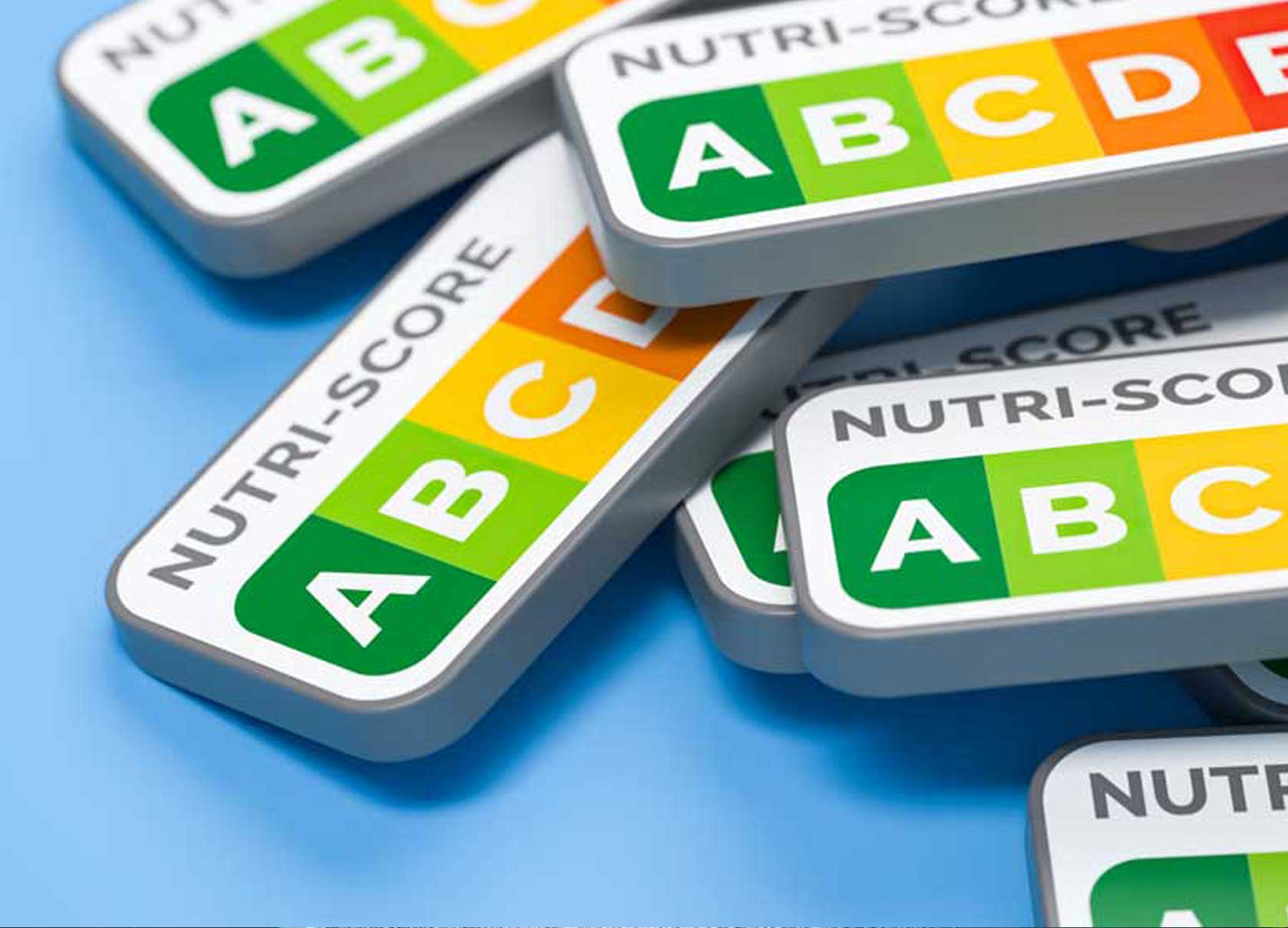
This change, moving away from blanket labels like “Outstanding” or “Inadequate,” reflects a growing recognition that reducing complex performance data (which includes quality of education, personal development and leadership & management) into a single word often does more harm than good. I’m particularly aware of this shortcoming from many conversations with my wife who has had a career in education.
So, what does this have to do with meat labelling? A lot, actually. The push by some to create a single, all-encompassing label for meat—combining health, animal welfare, and environmental considerations—echoes the same flawed logic that plagued Ofsted’s approach.
Meat can be high in fat and considered unhealthy yet produced in ways that are excellent for animal welfare or better for the environment. Trying to wrap all these factors into one label would be misleading and simplistic, just like Ofsted’s now-abandoned grades.
Even within categories like health, animal welfare, or environment, judgements can be contradictory. For example, outdoor-reared pigs might seem better for welfare, but in harsh winter conditions, caring for them can be hugely challenging. Just like us, animals don’t like to be outside in the cold and rain. I know because I’ve been an outdoor pig keeper myself.
Equally, farrowing systems can also be divisive. We know that, on average, the mortality of piglets is lower in controlled environments. The question then becomes whose welfare matters more—the sow or the piglet?
Or take cattle: a picture of cows huddling under the shade of a tree might seem idyllic, but if the same space restrictions were applied indoors, it would violate stocking rate regulations.
I’m supportive of informing consumers about how animals are reared, but simplistic labelling isn’t the way to do it. The success of free-range egg labelling often gets touted as a shining example, but it simply describes a rearing method without attaching arbitrary scores or judgements. It leaves it to the consumer to make their own decisions. But it’s also much easier to encapsulate production systems in the poultry sector, whereas the red meat sector is much more complicated.
The key is to provide information without turning it into a one-word verdict, or worse trying to reduce it down to a ‘red’, ‘amber’ or ‘green’ categorisation using the simplistic ‘traffic light’ system. This would likely consign healthy, nutritious fresh meat permanently to the red zone and do shoppers a big disservice as they try to construct a balanced diet using flawed labelling.
I applaud the government’s decision to rethink Ofsted ratings and hope we can learn from it when it comes to food labelling, particularly for meat. More detailed information, fewer judgemental labels—that’s the way forward. Let’s inform the public and trust them to decide.
We are the UKs largest trade body for the meat industry and provide expert advice on trade issues, bespoke technical advice and access to government policy makers
We are proud to count businesses of all sizes and specialties as members. They range from small, family run abattoirs serving local customers to the largest meat processing companies responsible for supplying some of our best-loved brands to shops and supermarkets.
We are further strengthened by our associate Members who work in industries that support and supply our meat processing companies.
We are the voice of the British meat industry.

17 Clerkenwell Green
Clerkenwell, EC1 0DP
Tel: 020 7329 0776